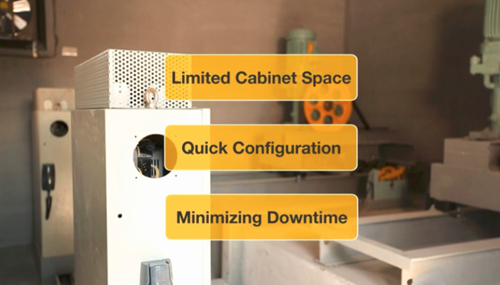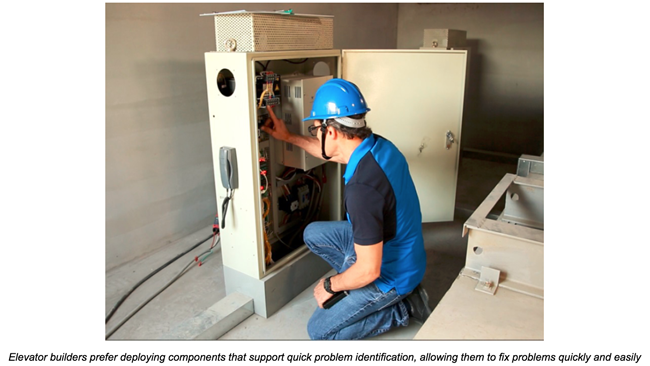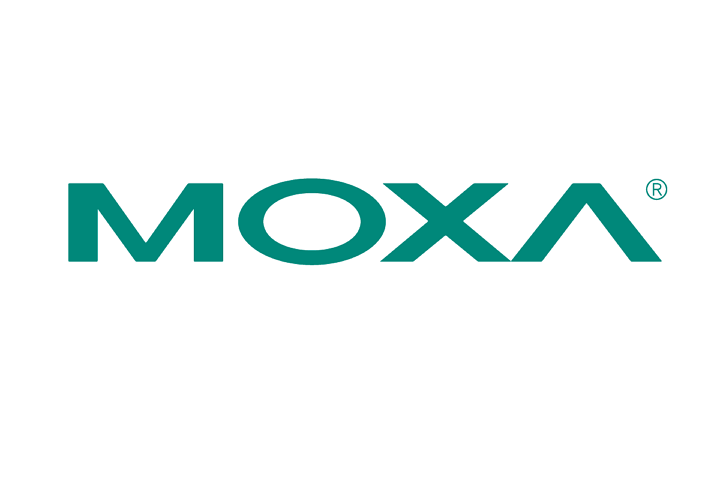Elevators have existed in various forms for more than two millennia, although the contemporary elevator has been operational for approximately 150 years. Given the extensive number of individuals who utilize elevators globally on a daily basis, it is logical that passengers demand safety measures and efficient operations for this vital mode of transportation. Notably, a leading elevator manufacturer estimates that its elevators transport an equivalent number of passengers to the world’s population every five days. Consequently, ensuring a secure and smooth elevator experience represents the utmost crucial objective for the elevator industry.
Frequent Encounters of Elevator Constructors
Elevators serve not only as a convenient means to move between floors but also as essential components for the proper functioning of buildings. All elevators must undergo on-site inspections, typically twice annually, ideally minimizing the need for maintenance staff to conduct unscheduled visits. Elevator constructors have identified three primary challenges they frequently face during elevator maintenance tasks.

Common hurdles needing attention in an elevator control room
The first challenge arises from a global shortage of elevator service engineers, necessitating these professionals to maintain numerous elevators. Consequently, engineers may not be readily available on-site and might have to travel extensive distances to reach elevator locations. The second challenge involves engineers arriving at sites without prior knowledge of the problems, as remote monitoring infrastructure supporting component monitoring within elevators is often lacking. This absence impedes control room operators from pinpointing issues. The third challenge occurs when engineers arrive at sites unprepared with incorrect devices or tools. Moreover, as most engineers possess backgrounds in mechanical engineering rather than networking, troubleshooting elevator issues may pose difficulties. In such scenarios, additional engineers must be dispatched to rectify problems, thereby prolonging downtime.
Expectations of Elevator Constructors
When retrofitting or installing elevators in buildings with limited floors, minimizing downtime emerges as a paramount requirement. Elevator constructors frequently emphasize that deploying components facilitating rapid issue identification and resolution proves highly effective in reducing downtime. Remote monitoring stands out as a viable solution since it enables control room operators to swiftly identify root causes and deploy personnel accordingly. This efficiency leads to reduced downtime, saving time and costs for both the elevator constructor and end-user.

Adaptable, Interconnected, Reliable Components for Elevator Operators’ Aid
For most new or upgraded low- and mid-rise installations, there are available components that meet the functional requirements of these setups, encompassing reliability and interoperability for asset owners to reduce total ownership costs.
Flexible Setup for Constrained Spaces
One critical feature for elevator installations or upgrades is the compatibility of components with nearly any control cabinet size. Nevertheless, the suitability of components is not solely constrained by the cabinet dimensions, as some cabinets’ internal devices lack support for adaptable mounting. This situation necessitates specific placements or additional wiring, challenging to achieve and incurring extra costs. Flexible mounting support in components enhances the likelihood of fitting within the cabinet, especially when adding new components at a later stage.
Harmonized Data Transmission for Enhanced Efficiency
Enhancing interoperability among all elevator components assists operators. Automated integration without complex configurations streamlines operations. A component compatible with protocols used by control cabinet components indicates versatile employment on new deployments or upgrades, yielding financial benefits for elevator designers.
EMI Resilience for Flawless Operations
Given the abundance of electronic devices in control cabinets, components must withstand high electromagnetic interference (EMI) to ensure reliable operations.
Future-proof Security Enhancements
With the digitalization trend continuing, securing each networked component against cyber threats becomes crucial. Complying with standards such as the IEC 62443-4-2 for industrial automation systems ensures component security on future networks.
Technological Solutions for Elevator Operators’ Requirements
The elevator market spans globally, offering engineers diverse challenges and opportunities to enhance efficiency with each deployment. Interoperability and downtime minimization stand out as key factors for elevator retrofits or new constructions with limited floors. Deploying components that simplify operations for less experienced technicians ensures elevator functionality nearly 24/7, 365 days a year. In the digitalization era, Ethernet switches play a vital role in elevator control systems. Moxa introduces a next-gen smart switch, enabling monitoring on HMI/SCADA systems with user-friendly configuration and operation. Explore more about our smart switch through the provided video or available case studies.
- Not Only for Automobiles: Discovering CANbus Technology in Various Industrial Settings - October 29, 2024
- Boost Your Network Performance: An Exciting Manual to PoE Switches! - September 10, 2024
- Understanding Gigabit Switches: Industrial vs Regular Gigabit - September 4, 2024


